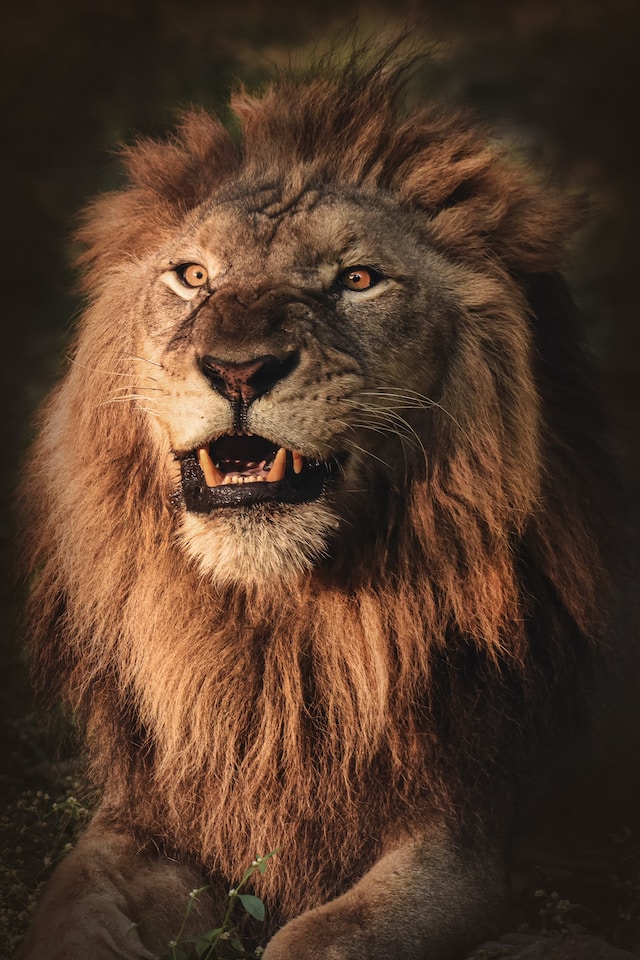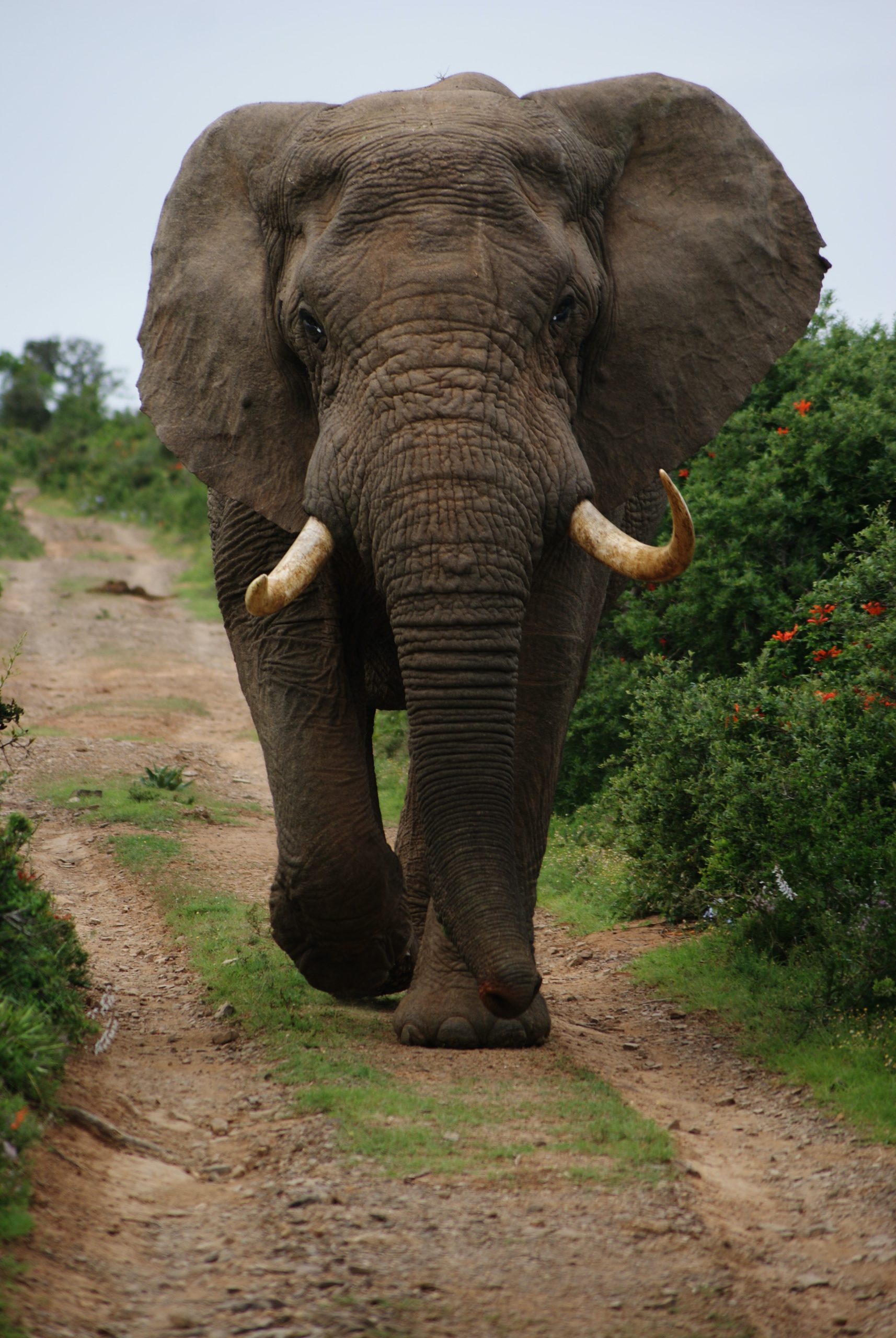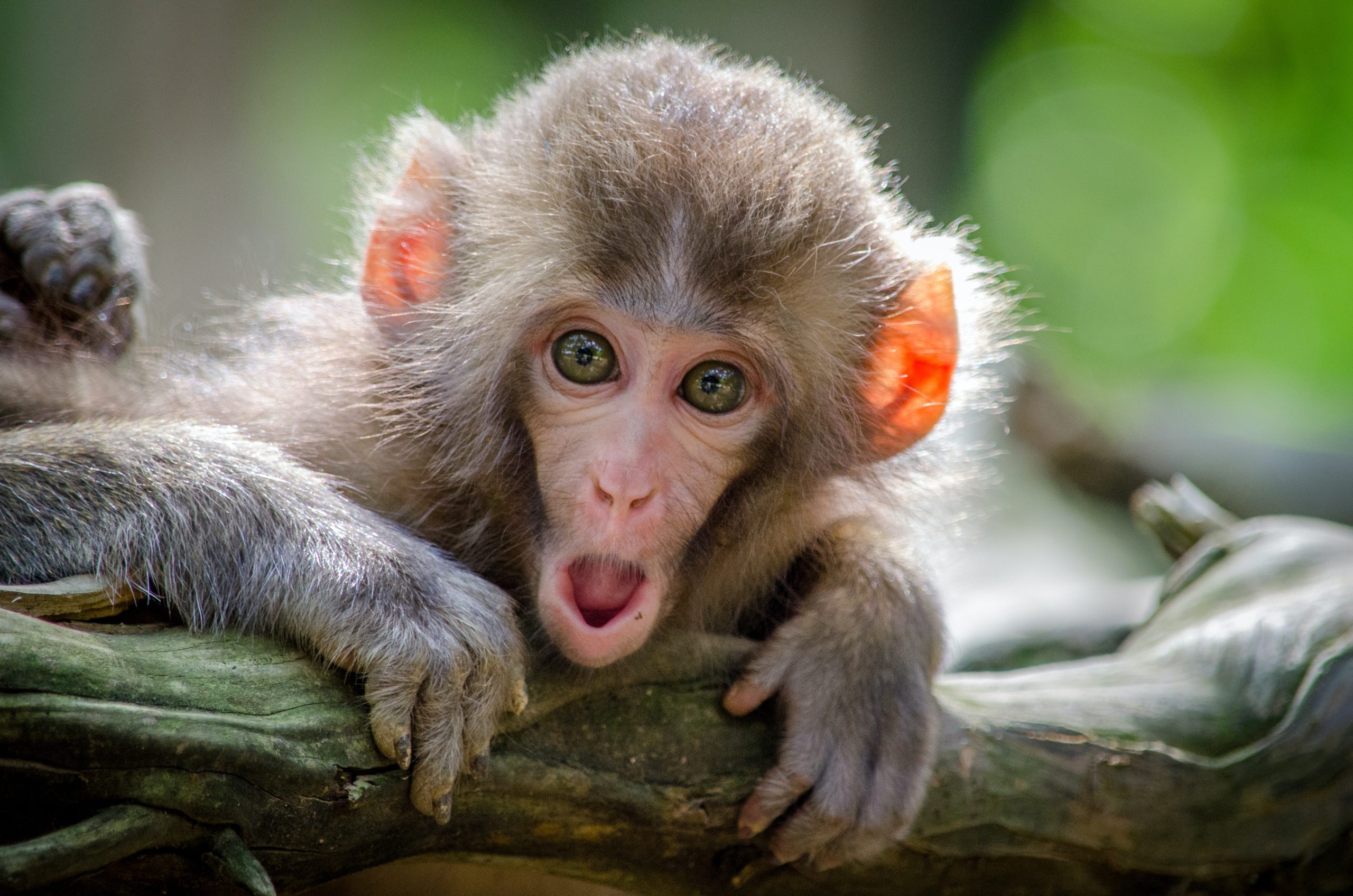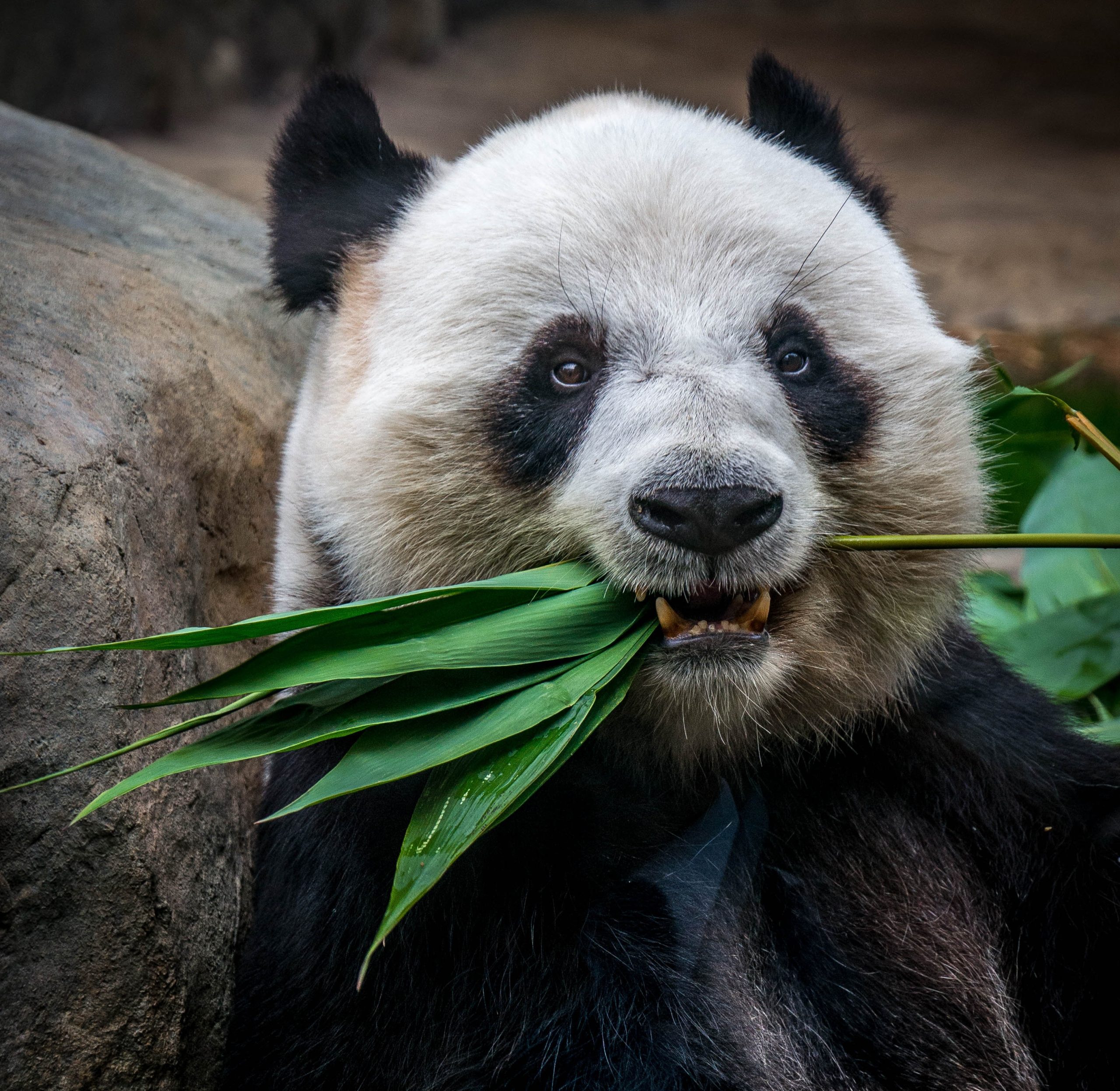Introduction: In the vast realm of the animal kingdom, few sounds evoke as much awe and respect as the mighty roar of the lion. This distinctive vocalization, resonating through the savannas and grasslands, serves as a powerful symbol of dominance and authority. In this article, we explore the significance of the lion’s roar, delving into its unique characteristics, its role in communication, and its impact on the pride and the surrounding environment.
Body:
- Acoustic Power: The lion’s roar is a testament to the incredible acoustic power possessed by these majestic creatures. Emitting a sound that can carry for up to five miles, the roar serves as an auditory proclamation of territory and power. The deep, resonant tones, often likened to a rumbling thunder, are created by the lion’s specialized larynx and vocal cords. This unique vocal apparatus allows the roar to cut through the surrounding cacophony of the wild, asserting the lion’s dominance and making its presence unmistakably known.
- Communication and Social Bonds: Beyond its role as a territorial announcement, the lion’s roar plays a vital role in communication within the pride. Lions use a range of vocalizations to convey messages to one another, and the roar holds a central place in their repertoire. Roaring serves as a means of strengthening social bonds, coordinating movements, and rallying the pride. It acts as a call to gather or reunite, allowing lions to stay connected across their expansive territory.
- Asserting Dominance: The lion’s roar is an essential tool in establishing and maintaining dominance within the pride. Male lions, in particular, utilize their impressive roars to intimidate rivals and secure their position as the dominant leader. By emitting a powerful roar, a lion asserts its authority, warning potential challengers and asserting its right to rule over the pride and its territory. The intensity and volume of the roar serve as indicators of a lion’s strength and confidence.
- Territorial Marking: The lion’s roar serves as a form of territorial marking, defining the boundaries of its domain. The distinctiveness of each lion’s roar allows them to identify and recognize individuals from neighboring prides, reducing unnecessary conflict. By claiming and defending their territories through their vocalizations, lions establish a balance within the ecosystem, minimizing the need for physical confrontations.
- Impact on the Environment: The lion’s roar has a ripple effect that extends beyond the pride itself. The booming sound can influence the behavior of other animals in the vicinity. It can create a sense of caution and respect among potential prey species, as well as serve as a warning to intruders. This indirect influence helps maintain a harmonious balance within the ecosystem and contributes to the overall stability of the animal kingdom.
Conclusion: The lion’s roar, a powerful and unmistakable vocalization, represents more than just an auditory spectacle in the animal kingdom. It embodies dominance, territoriality, and social cohesion within the pride. The roar serves as a symbol of authority, a call to unite, and a message that resonates far beyond the boundaries of the lion’s territory. It is a testament to the extraordinary communication abilities and regal presence of these majestic creatures, solidifying their status as the undisputed kings of the savannas.










